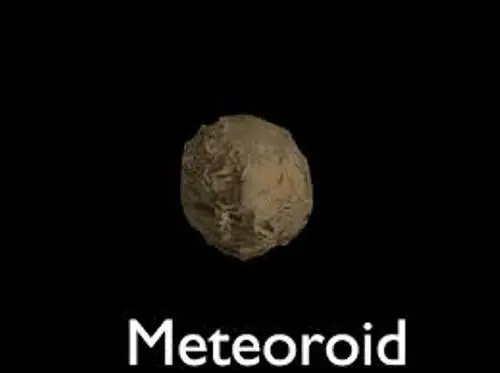

1996) and Hadley Rille ( Haggerty 1972 Grossman 1997 Rubin 1997). Two millimeter-size chondrites discovered among samples returned from the Moon during the Apollo missions have been described and named as meteorites: Bench Crater ( McSween 1976 Zolensky et al. Indeed, there are already three objects recognized by the Meteoritical Society’s Committee on Meteorite Nomenclature (NomCom) that violate most traditional definitions of meteorite (with the exception of the one given in Gomes and Keil 1980) because they were not found on Earth’s surface. With the advent of the Space Age and the discovery of new sources of extraterrestrial material, it is clear that most existing definitions of the term meteorite are too restrictive. Because modern usage frequently ties these two terms together, with meteoroids forming the pre-impact precursors of meteorites, it is imperative that the definitions be consistent. Beech and Steel (1995) suggested modifying this definition to include only natural objects in the size range 100 μm to 10 m. The latter term was defined by the IAU as “a solid object moving in interplanetary space, of a size considerably smaller than an asteroid and considerably larger than an atom or molecule” ( Millman 1961). Many recent definitions of meteorite, including the one adopted by the International Astronomical Union (IAU), specify that meteorites originated as meteoroids. Nineteenth-century definitions tend to leave open the origin of the falling material, whereas later definitions specify that the material came from space. Meteorites are almost always defined to be solid bodies that have fallen through the Earth’s atmosphere and landed on the Earth’s surface. Nearly all modern reference works use a similar definition. Since Chladni (1794) published On the Origin of the Pallas Iron and Others Similar to it, and on Some Associated Natural Phenomena and made plausible the hypothesis that rocks could fall from the sky, the definition of the word meteorite has remained essentially unchanged, as reflected in the ten quotations given above. Meteorite– “a solid substance or body falling from the high regions of the atmosphere” ( Craig 1849) “ mass of stone and iron that ha been directly observed to have fallen down to the Earth’s surface” (translated from Cohen 1894) “ solid bod which came to the earth from space” ( Farrington 1915) “A mass of solid matter, too small to be considered an asteroid either traveling through space as an unattached unit, or having landed on the earth and still retaining its identity” ( Nininger 1933) “ which has reached the surface of the Earth without being vaporized” (1958 International Astronomical Union (IAU) definition, quoted by Millman 1961) “a solid body which has arrived on the Earth from outer space” ( Mason 1962) “ solid bod which reach the Earth (or the Moon, Mars, etc.) from interplanetary space and large enough to survive passage through the Earth’s (or Mars’, etc.) atmosphere” ( Gomes and Keil 1980) “ that survive passage through the atmosphere and fall to earth” ( Burke 1986) “a recovered fragment of a meteoroid that has survived transit through the earth’s atmosphere” ( McSween 1987) “ solid bod of extraterrestrial material that penetrate the atmosphere and reach the Earth’s surface” ( Krot et al. A micrometeorite is a meteorite between 10 μm and 2 mm in size. An object loses its status as a meteorite if it is incorporated into a larger rock that becomes a meteorite itself. Weathering and other secondary processes do not affect an object’s status as a meteorite as long as something recognizable remains of its original minerals or structure. A meteorite is a natural, solid object larger than 10 μm in size, derived from a celestial body, that was transported by natural means from the body on which it formed to a region outside the dominant gravitational influence of that body and that later collided with a natural or artificial body larger than itself (even if it is the same body from which it was launched). A micrometeoroid is a meteoroid 10 μm to 2 mm in size. Taking these facts and other potential complications into consideration, we offer new comprehensive definitions of the terms “meteorite,”“meteoroid,” and their smaller counterparts: A meteoroid is a 10-μm to 1-m-size natural solid object moving in interplanetary space. In recent decades, man-made objects have fallen to Earth from space, meteorites have been identified on the Moon and Mars, and small interplanetary objects have impacted orbiting spacecraft. This definition, however, is no longer adequate. Abstract– Meteorites have traditionally been defined as solid objects that have fallen to Earth from space.


 0 kommentar(er)
0 kommentar(er)
